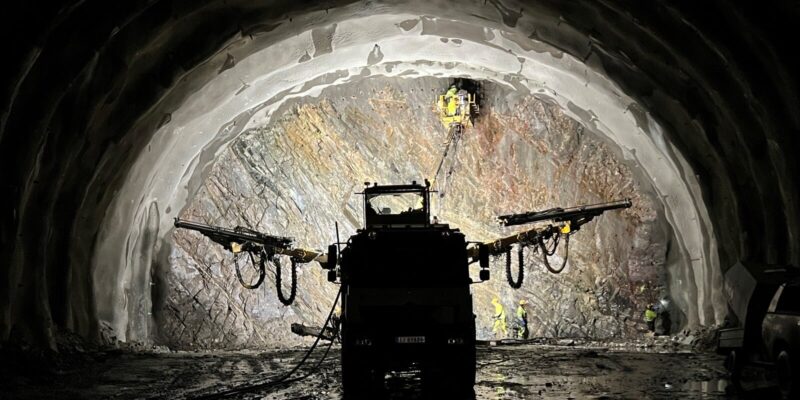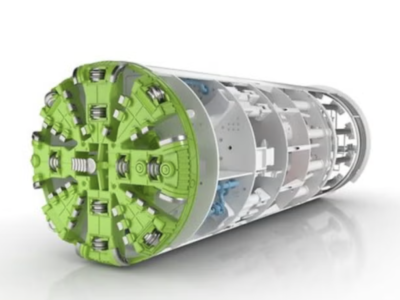
Due to completion of the digging phase of the Moss tunnel in the northern section of the new double-track Sandbukta – Moss – Sastad railway line, MossIA, the EPC contractor in Norway achieved a significant landmark, which is considered as a consequence of a successful Joint Venture between Implenia Norge AS (55%) and Acciona Construccion SA (45%).
Including the excavation of extensive rock tunnels, the Moss Tunnel with 6 kilometers length is a significant feat of engineering. In order to removing an impressive 2.5 million tons of rock, a total of 1,560 controlled blasts were executed over this phase, whereas the target of this massive effort were not only the primary tunnels but also encompassed the access and emergency tunnels.
Following completion of the digging phase, currently the concentration shifts to the subsequent stages of construction. So applying leveling and smoothing layers using shotcrete, installing waterproofing and anti-freeze membranes, concreting the final lining, as well as constructing trenches, drainage systems, and foundations, will be the upcoming work tasks.
Moreover, for accommodating technical railway installations, including ballast, sleepers, and rails, the project is going to include the creation of essential substructures.
Considering that establishment of adit tunnels was the starting phase of the journey towards completing the Moss Tunnel, it was followed by the initiation of work on the main tunnel in April 2020 and September 2020 for the Carlberg main tunnel. The used methods for advancing this project was traditional drilling and blasting.
The contract for design and construct a vital portion of the 10-kilometer Sandbukta – Moss – Sastad (SMS2A) project, was granted to MossIA, the joint-venture company responsible for this significant undertaking. With the purpose of boosting connectivity between major cities in Norway and alleviate traffic congestion around Oslo, this project plays a crucial role in Bane NOR’s InterCity program. Notably, the project is progressing on schedule, with an anticipated completion date in 2025.
















